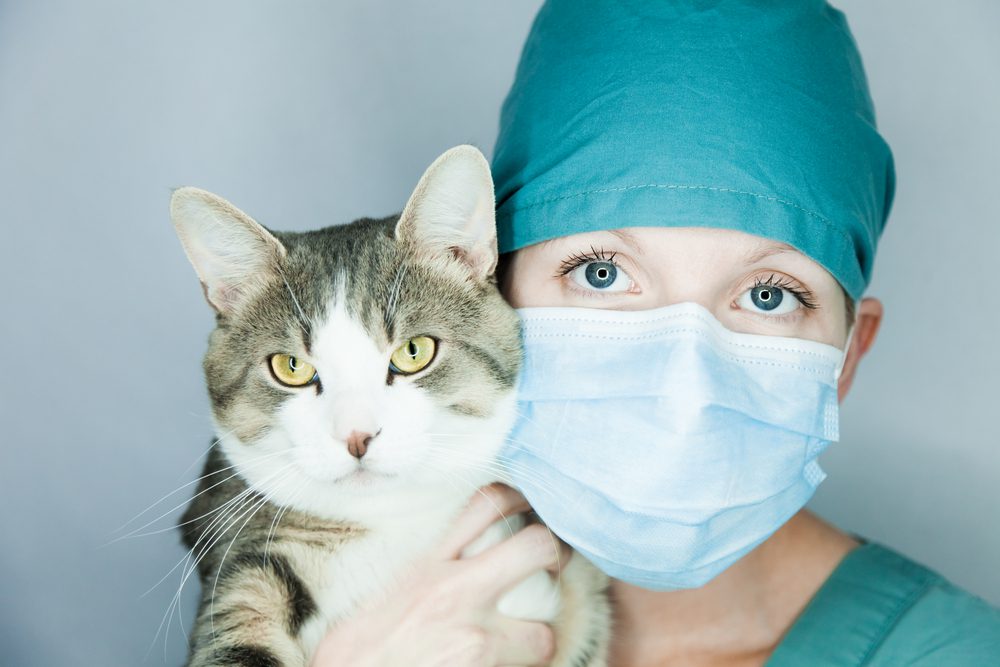The first euthanasia consult you do will no doubt be nerve wracking. It’s a very upsetting time for owners and you just want everything to go as smoothly as possible for them and the animal. Over my first year in practice, I have developed a protocol for how I do them to make sure I cover everything. It helps to calm my own nerves with this mental checklist too!
Throughout the consult, I maintain a gentle and friendly tone. If the owners are crying then I always offer them tissues and let them calm down before proceeding to talk things through with them.
Some owners will never have experienced euthanasia before and don’t know what to expect. It is our job to find out how much they know and what their expectations are. I always ask them if they’ve been through it before and would they like me to talk through what happens with them.
I tell them that I need them to sign a consent form and that they have the options of taking the animal back home with them afterwards or they can send them for cremation. If they choose cremation they have the option of whether or not they want their pet’s ashes back. Some owners are too upset to decide, in which case I give them leaflets to take home with them so they can call us later with their decision.
Then I tell the owners that I will take the animal out the back to place an IV catheter. I explain that this will allow us to have easy access to the vein and help everything to run smoothly. I tell them that sometimes, the vein can blow, in which case we may need to place another IV line. I tell them that I will bring the animal straight back to them once everything is in place and that they can have as much time with the animal as they want before we inject. It’s important to do things at their pace – but I find most owners want it done as quickly as possible.
I then talk through what happens when we inject the animal. So basically that we are giving an overdose on an anaesthetic and that whilst it is not a painful injection, some animals do let out a cry or yelp. I tell them that there may be gasping after the animal has passed which can look distressing but is normal and is actually air leaving the animal’s lungs. I explain that sometimes muscle twitching can be seen and that the eyes will stay open. Some animal empty their bowels or bladder after death too.
I feel that the more you prepare the owners for things which may go wrong or that can appear distressing, the calmer they are when they do happen. And if those things don’t happen then the owners are happy that everything went smoothly! After explaining these bits, I give them the option of staying or leaving. Even if they choose to stay I tell them that they can leave the room at any time if things become too much for them.
Some owners will want to talk as you give the lethal injection and others will not. You have to try and read the situation. If I feel like they want to talk then I usually ask how long they’ve had the animal for.
Remember to always check the heart and confirm the animal has passed! I then ask the owner if they’d like some time alone. Some owners wish to stay a bit after their animal has been put to sleep, whereas others want to leave straight away.
At my practice, we always send a sympathy card and enclose some forget me not seeds which clients seem to appreciate.
There will always be the cases which don’t go as planned but if you discuss these potential events beforehand, it definitely takes some of the pressure off. Most owners are very understanding and know that we are doing our best for their animal and for them.
If you, like our ‘New Graduate Vet’ and would like to talk through your options please give our friendly Vet Team a call on 01423 813453 or email [email protected]
They can happily talk you through your current role and help you navigate your next steps to reach your career goals – alternatively you can look at the current vet role vacancies by clicking here

